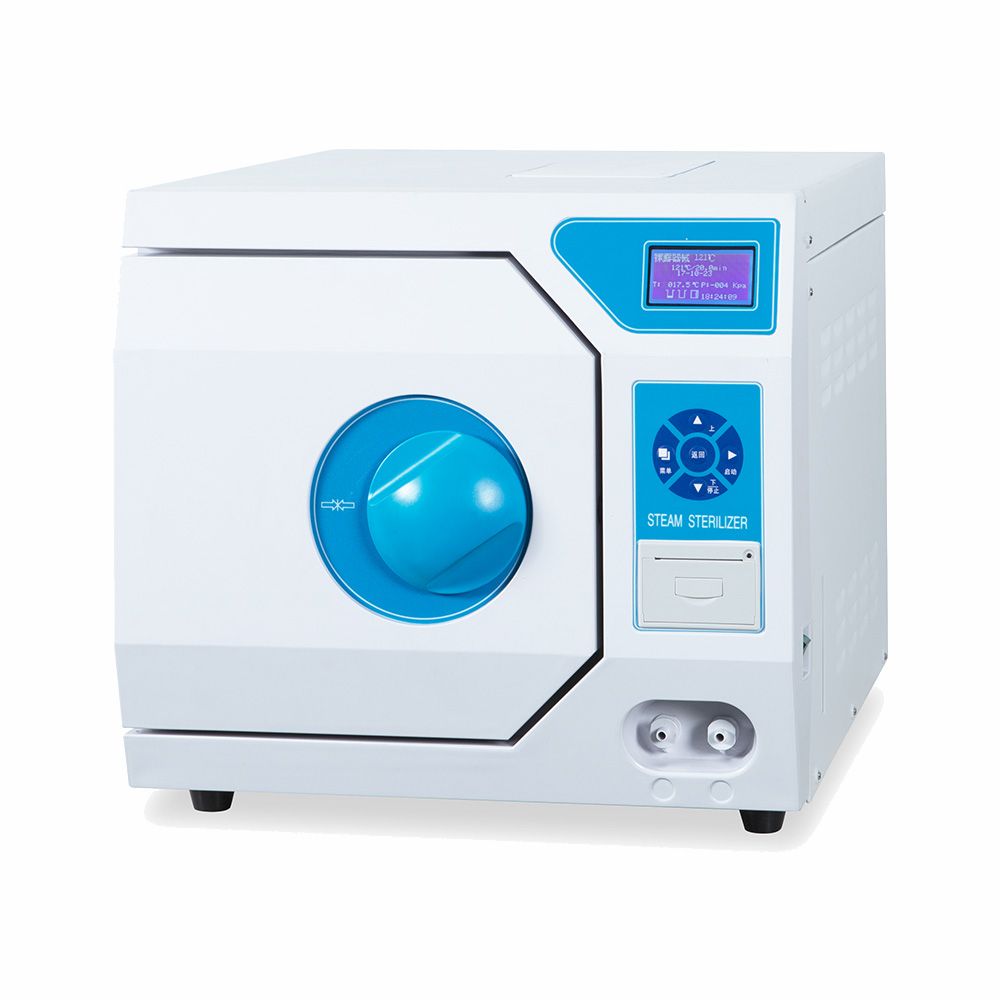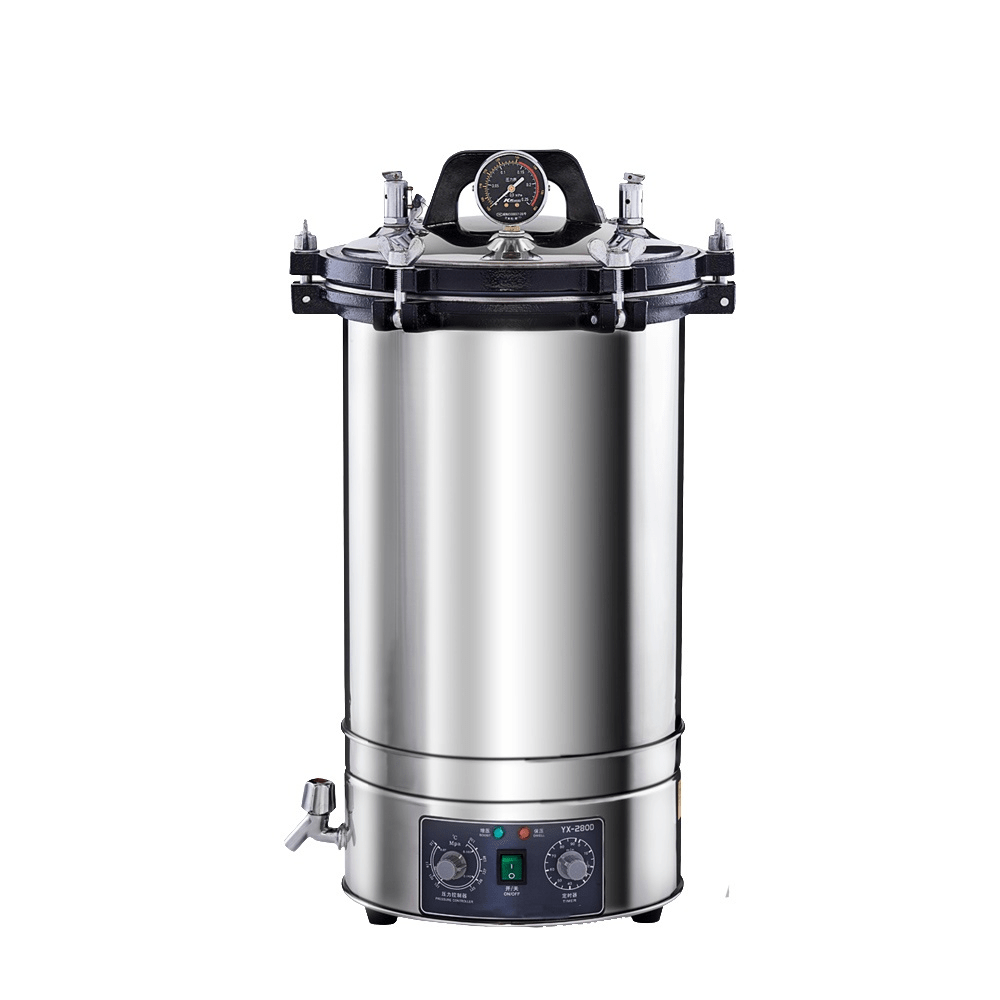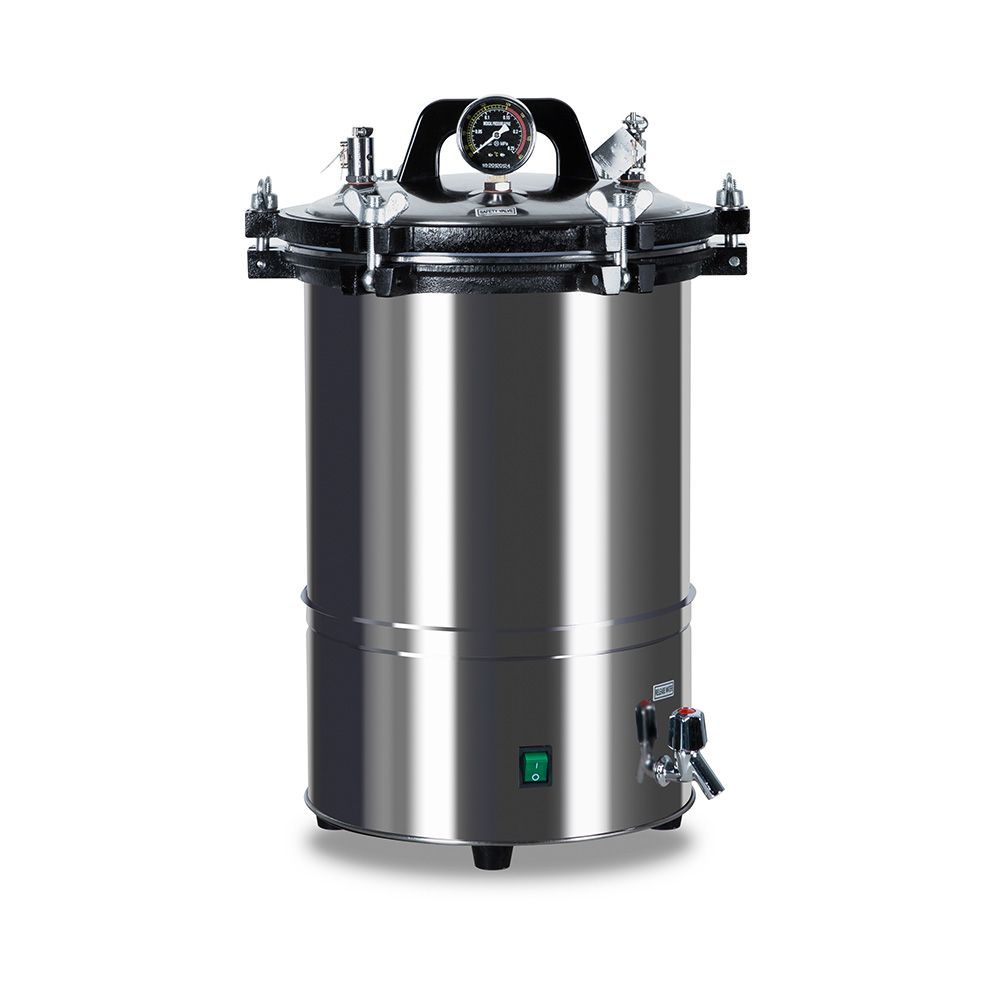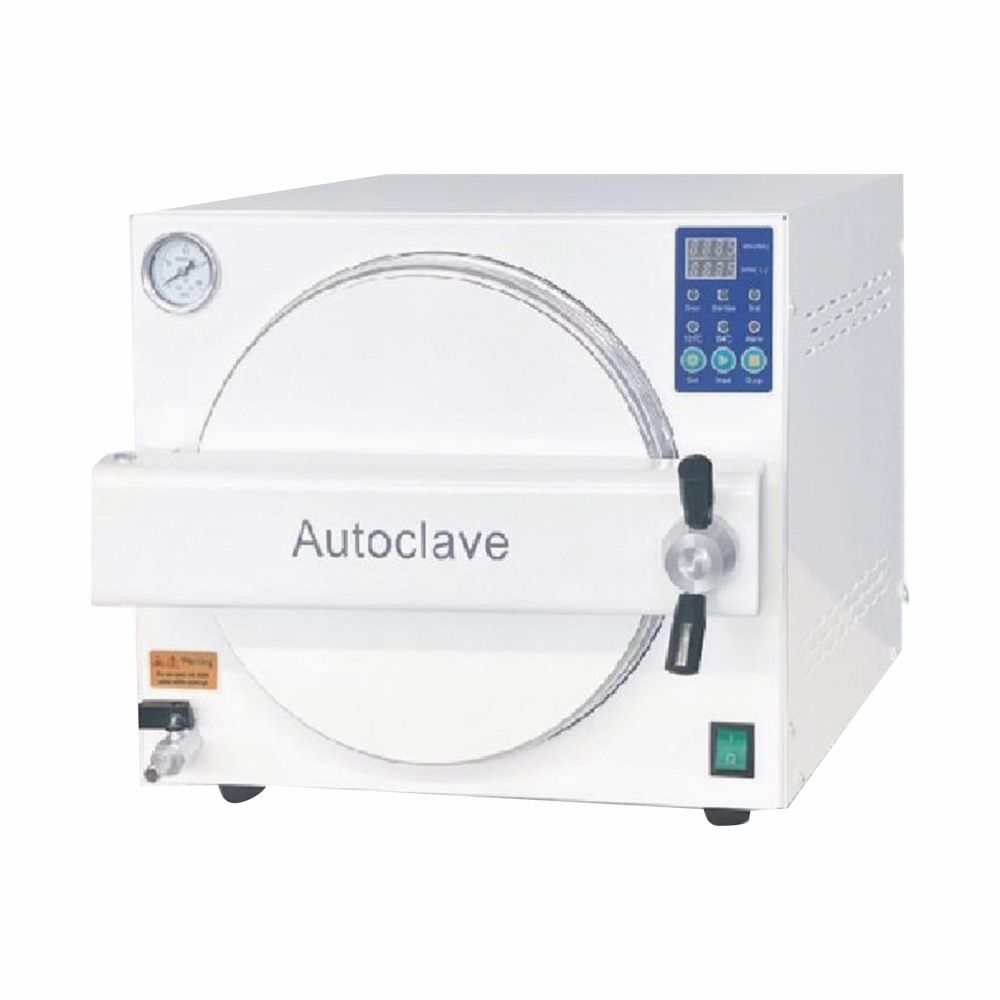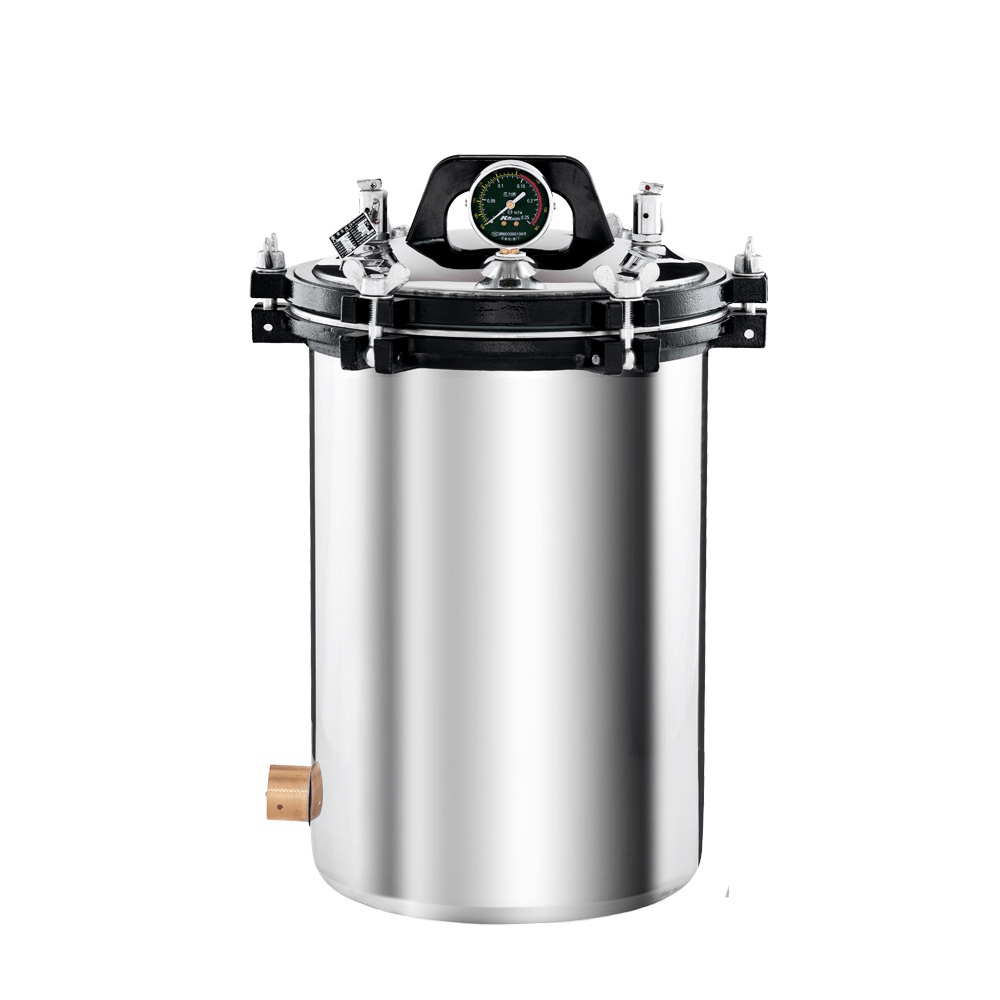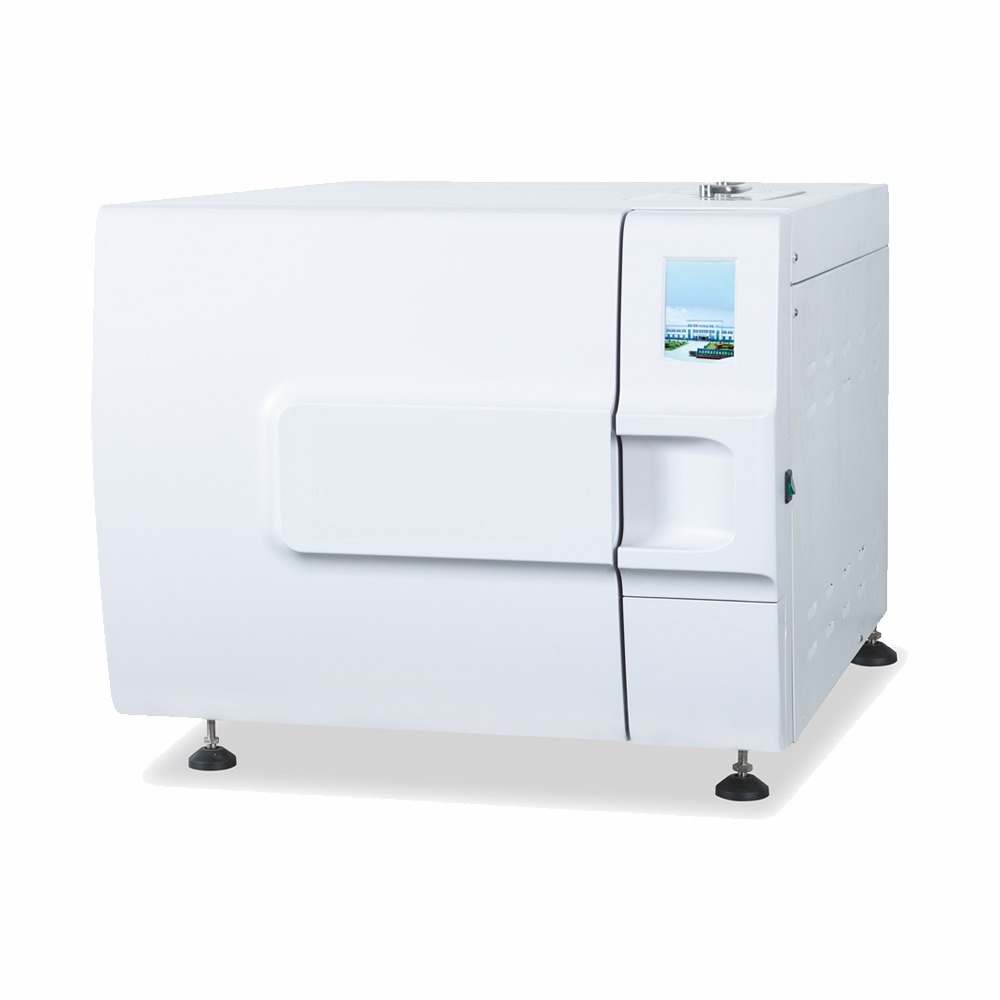Monitoring a steam autoclave is essential to ensure effective sterilization and compliance with safety standards. Proper monitoring helps confirm that the autoclave reaches the required temperature, pressure, and time parameters to sterilize equipment and materials thoroughly. This article focuses on how to monitor a steam autoclave effectively.
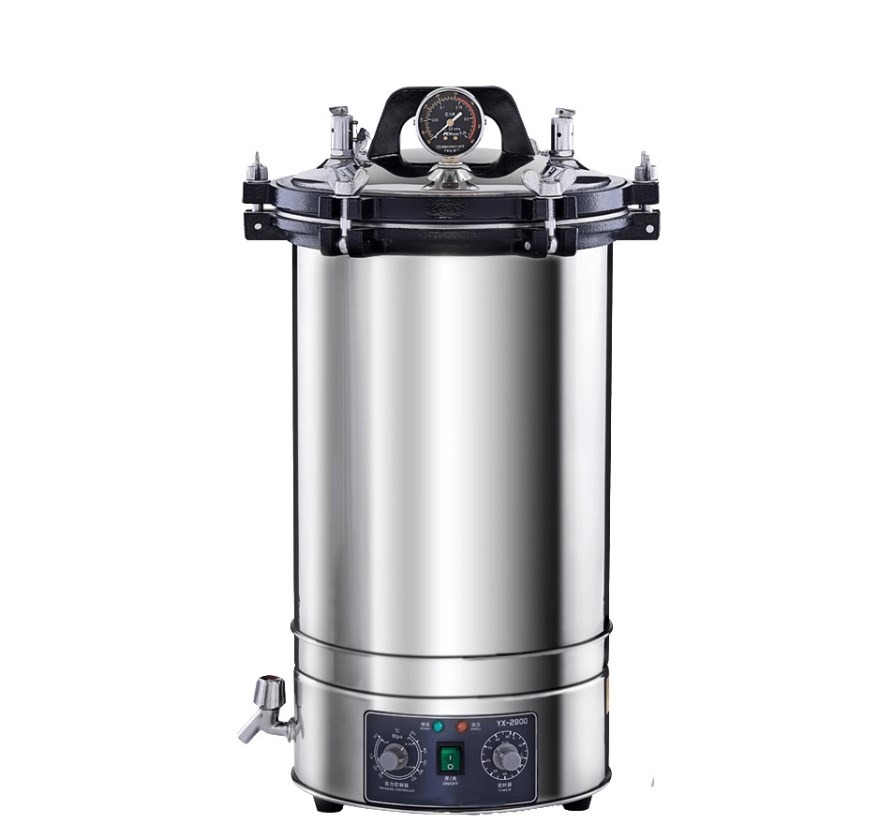
Why Monitoring a Steam Autoclave is Important
An autoclave, which uses high-pressure steam to sterilize equipment, is commonly used in laboratories, hospitals, and research facilities to eliminate harmful bacteria, viruses and other microorganisms. By carefully monitoring key factors, facilities can verify that each cycle effectively achieves sterilization.
| Reason | Description |
| Ensures Effective Sterilization | Confirms that each cycle reaches the necessary temperature, pressure, and time to achieve complete microbial kill. |
| Enhances Safety for Personnel and Patients | Prevents exposure to harmful pathogens by ensuring tools and equipment are thoroughly sterilized. |
| Maintains Regulatory Compliance | Provides documentation required for audits and demonstrates adherence to health and safety standards. |
| Prevents Costly Equipment Failures | Early detection of issues reduces risk of breakdowns, minimizing repair costs and downtime. |
| Improves Efficiency | Optimizes sterilization cycles, reduces need for re-sterilization, and streamlines documentation processes. |
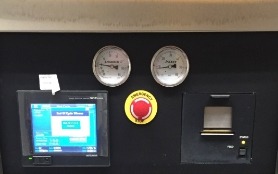
Key Monitoring Methods for a Steam Autoclave
1. Physical Monitoring
Physical monitoring involves regularly observing and recording the autoclave’s temperature, pressure, and time settings. This form of monitoring includes:
- Cycle Duration: Ensuring that the sterilization cycle runs for the correct amount of time is critical. Most sterilization cycles range from 15 to 30 minutes, depending on the load type and autoclave specifications.
- Temperature Monitoring: Steam autoclaves typically operate at 121°C (250°F) or 134°C (273°F). Checking that the autoclave reaches and maintains the necessary temperature for the entire sterilization cycle is essential.
- Pressure Control: The pressure should reach around 15 psi for cycles at 121°C. Monitoring this ensures that the steam can effectively penetrate materials and kill all microbial life.
Modern steam autoclaves often display these parameters digitally, and monitoring can be performed by recording these values for each cycle.
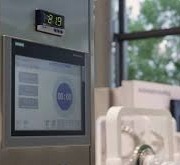
2. Chemical Indicator
Chemical indicators provide a visual confirmation that the steam autoclave has reached the necessary conditions for sterilization. They include:
- Indicator Strips or Tapes: These are placed inside or outside the packaging and change color when exposed to specific temperatures and pressures. They indicate that the package has been processed but not necessarily that it is fully sterile.
- Multi-parameter Indicators: These indicators, often strips, respond to multiple sterilization factors like time, temperature, and pressure, offering a more reliable confirmation that the sterilization conditions were met.
While chemical indicators are easy to use and inexpensive, they only indicate exposure to heat and steam, not the effectiveness of sterilization. They should be used alongside other monitoring methods.
3. Biological Indicators (BI)
Biological indicators (BIs) are the most accurate and reliable method to confirm sterilization. They contain highly resistant bacterial spores, typically Geobacillus stearothermophilus, which are killed only when sterilization is effective.
The process for using biological indicators
- Placing the biological indicator: Place the BI inside a test pack or within the load, especially in hard-to-sterilize areas, to ensure that steam reaches all parts.
- Running the Autoclave Cycle: After the cycle, retrieve the BI and incubate it according to the manufacturer’s instructions.
- Interpreting Results: If the biological indicator remains unchanged, sterilization was successful. If microbial growth is detected, it indicates a failure in sterilization, and the autoclave may need maintenance or recalibration.
Regular biological indicator testing, typically done weekly, is recommended to validate that the autoclave performs effectively over time.
4. Digital Data Logging and Software Monitoring
For high-volume facilities, data logging systems and monitoring software provide a reliable and automated way to monitor and record sterilization parameters.
- Automatically Record Parameters: Digital logs capture time, temperature, and pressure throughout each cycle, creating a permanent record.
- Alert to Errors: Monitoring software can send alerts if any cycle fails to meet required parameters, allowing for immediate corrective action.
- Audit Support: These logs are especially useful for audits and compliance, as they maintain an accurate record of sterilization performance over time.
5. Load Verification and Documentation
Effective monitoring also includes documenting each load and verifying that items have undergone successful sterilization. This involves:
- Labeling: Marking each load with a unique identifier, including date, cycle number, and operator initials, helps track sterilization history.
- Cycle Printouts: Many autoclaves generate cycle printouts with key parameters, providing an additional verification layer.
- Maintaining Logs: Keeping a logbook with each load’s details ensures traceability and compliance with regulatory standards.
6. Routine Maintenance and Calibration Checks
Routine maintenance and regular calibration are critical for the longevity and effectiveness of steam autoclave. These checks include:
- Gasket and Seal Inspection: Gaskets should be inspected regularly for cracks and wear, as they maintain the pressure seal.
- Steam Generator Maintenance: If the autoclave has a built-in steam generator, it should be cleaned periodically to prevent mineral buildup.
- Calibration of Sensors: Pressure and temperature sensors need periodic calibration to ensure they provide accurate readings, as any inaccuracy could compromise sterilization.
Regular maintenance reduces the likelihood of autoclave malfunctions and ensures consistent sterilization.
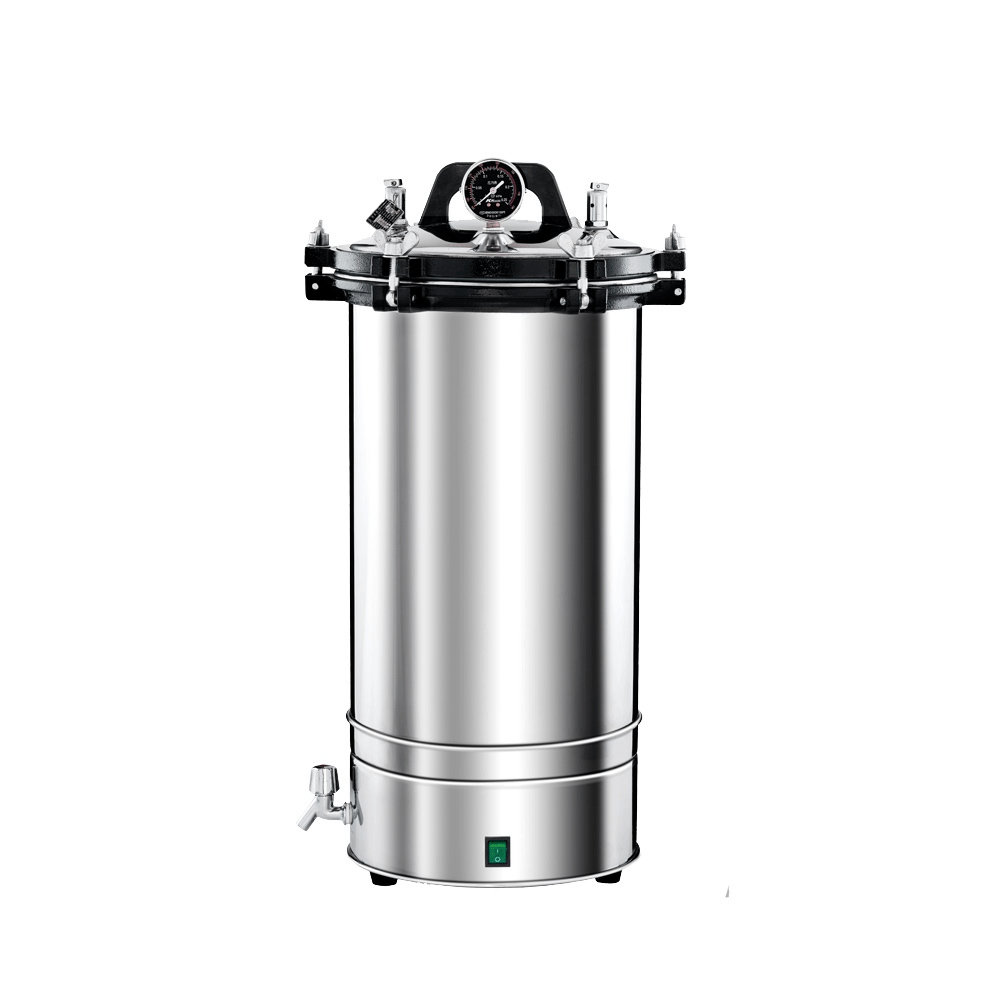
Best Practices for Monitoring a Steam Autoclave
To ensure reliable and consistent steam autoclave performance, the following best practices can be implemented:
- Use a Combination of Monitoring Methods: Relying on both chemical and biological indicators, alongside physical monitoring, ensures a comprehensive approach to sterilization verification.
- Train Staff Regularly: All personnel operating the autoclave should be trained in proper monitoring techniques, use of indicators, and the importance of cycle parameters.
- Follow Manufacturer Guidelines: Each autoclave model has specific requirements and recommended maintenance intervals. Following these guidelines ensures optimal performance.
- Establish Routine Testing Schedule: Implement regular testing with biological indicators to verify sterilization effectiveness, especially in high-risk areas.
- Perform Preventive Maintenance: Schedule routine maintenance and calibration checks on gaskets, steam generators, and sensors for consistent performance.
- Document and Track Loads: Maintain logs for each cycle, including date, cycle number, operator initials, and cycle printouts, to ensure traceability and compliance.

To sum up, monitoring a steam autoclave is a multi-step process that combines physical checks, chemical and biological indicators, digital logging, and thorough documentation. Through implementing robust monitoring practices, facilities can ensure that their autoclave consistently achieves effective sterilization, ensuring the safety of both equipment and users.

